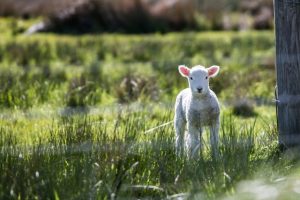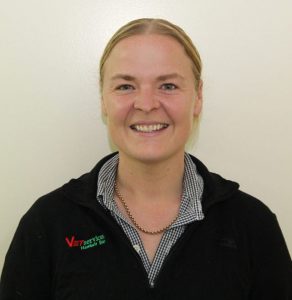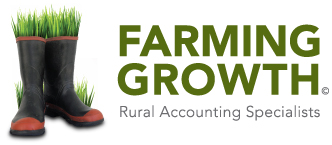Sheep production weaning – mating
Camille Flack, Vet Services Hawke’s Bay

If you are breeding sheep, your year starts at weaning. A lot of farmers focus on the average price and weight of lamb going out the gate up until autumn. At this stage, the horse has already bolted. By focusing on that target you are already compromising the ability to do better next year.
The key drivers for profit on a sheep farm are :
· Kg weaned per hectare (number of lambs weaned per hectare)
· Weaning weight per lamb
When focusing on adding extra kilograms on your lambs after weaning, it impacts on the kilograms going onto your ewes. When we read a book, we don’t start from the end. Don’t try and make up on lost ground by focusing on your lambs now. Switch your thinking to focus on your ewes from the beginning, and the rest will take care of itself.
Focus on the things we can change. We can’t change the weather, we can’t change the price, but we can change the kilograms going out the gate, and it all happens at the beginning.
Body condition scoring your ewes at weaning means the tail end ewes can be identified. If your ewes have more than 6 weeks of wool on them, the eye is inaccurate and the hand is the measuring tool – see attached leaflet. If your mob of tail end ewes (BCS < 3) can be minimised at mating and lambing, it will bring up your entire flock performance. Your most efficient use of feed is to target your tail end mob. It takes a lot more grass to gain weight in a good condition ewe than that of a thinner/lighter ewe. This targeted feeding approach ensures you make the most gains out of the feed you have. Ewes in body condition score 3 or more are fed maintenance, those less than 3 are preferentially fed to ensure a reduction in tail end ewes at mating.
To lift a ewe BCS by 1, i.e. from 2 to 3, with a weight increase of 7-9 kg, it requires 30kg DM above maintenance. At a growth rate of 100g/day, this increase in condition will take 70-90 days i.e. from weaning to mating. A ewe maintenance requirement is 1–1.2kg DM/day depending on feed quality, paddock contour and existing ewe weight. A ewe weighing 55kg, growing at 100g/day requires 1.54kg DM/day.
Once the mobs have been split, monitoring of ewe condition is important to ensure gains are made and feeding levels adequate. Body condition scoring 50 ewes in the mob monthly or when they pass by the yards, will give you an average BCS which can be monitored.
If more of your ewe flock are at body condition score 3 at mating you will see:
· Earlier cycling in the breeding period
· Higher ovulation rates
· Higher conception rates
· Heavier lambs at birth
· Better lactation
· Wean heavier lambs with higher survival rates.
What about flushing ewes pre-mating?
Flushing pre-mating can also be a way to improve ewe condition and performance. However, flushing requires a lot of good quality herbage in autumn and therefore a great dependence on weather. As the weather is out of our control, a safer goal is to reduce the number of poorer condition ewes before flushing. Then, if feed is available, targeted flushing is the best approach. Ovulation rate is known to increase if live weight is increasing 3-6 weeks prior to mating. If it is not done well, loss of live weight during this period will reduce your ovulation rate. Light ewes are more responsive to a flushing period and gains are greater than in heavier ewes. Therefore, if you have the feed to ‘flush’, the most gains made are with a targeted feeding approach.

Camille is a large animal vet at Vet Services Hastings. She graduated in 2004 and has worked in large animal practices in the North and South Island. What she enjoys most in her work is working with farmers to help them increase production.


